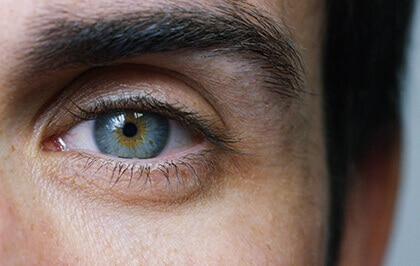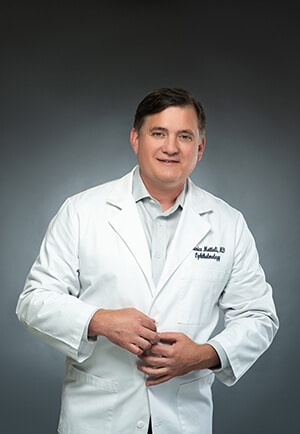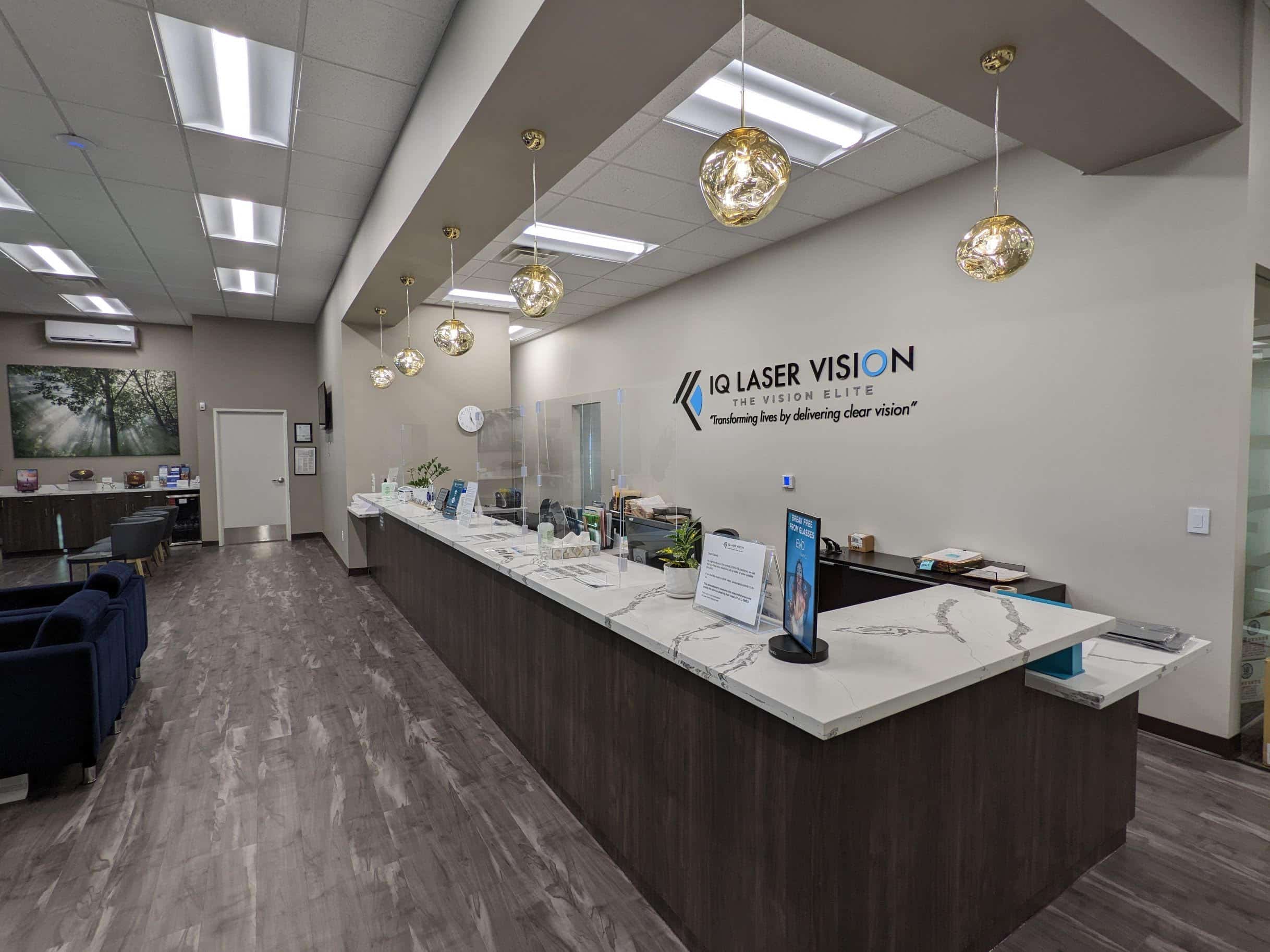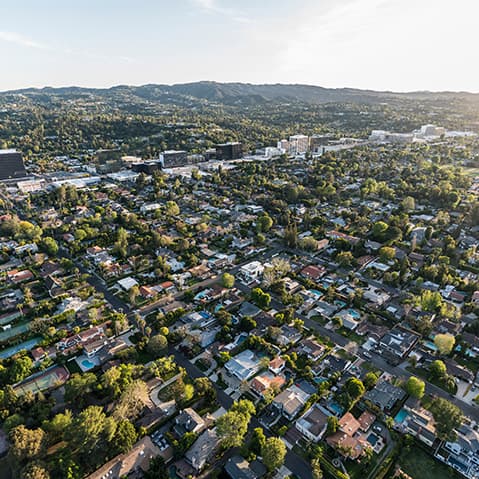
Have you ever noticed a growth near the cornea in your eye? You may have a pinguecula or pterygium. These growths are not usually painful, but they cause irritation and may eventually obstruct your vision. Patients with pterygium in San Francisco can have them removed during a procedure performed at IQ Laser Vision.
The list of possible ailments in the field of eye health is a long and varied one. Some make their way into the public vocabulary and others don’t, basically because they are less common. So, for instance, you may have heard of conjunctivitis but not pterygium, because the former is something a lot of people get from time to time, and you can buy eye drops for it over the counter. The latter is a more serious condition, but one that can be treated by pterygium surgery in San Francisco.
What is Pterygium?
Pterygium is a thickening of the conjunctiva, the lining of the inner surface of the eyelids that continues onto the eyeball. So, one name leads to another, and this is not a million miles away from conjunctivitis, which you know a bit about, but this condition needs something to be surgically removed. That is not as dramatic as it sounds.
Pterygium may be caused by exposure to wind, sun, flying sand, or some other factor. It starts off as an irritation and can grow to interfere with vision, and often people with the condition put up with it until it starts to affect their sight. Until then it may be considered itchy and uncomfortable but bearable.
Pterygium is an unusual word which comes from an ancient Greek one meaning little wing. There’s that strange combination of the p and the t, where you hardly hear the p. The name makes the condition sound more complex and serious than it perhaps is. But it has to be dealt with because it interferes with eyesight, and at IQ Laser Vision San Francisco, we are dedicated to correcting visual problems of all sorts.
We help people who are nearsighted (where close vision is okay but distance is a problem) or farsighted (long vision okay but reading not so good) and who suffer from astigmatism (a misshapen cornea resulting in faulty focusing). We can deal with your pterygium.
In addition to pterygium treatment, we also specialize in LASIK eye surgery in the Bay Area, offering advanced solutions for vision correction. For those seeking alternatives to LASIK, we also offer PRK in San Francisco, ensuring you have access to the best options for your eye health.
How Does Pterygium Excision in Work
If you have pterygium, you can have it removed with five easy steps.
Step 1: Before excision begins, you’ll have numbing eye drops applied to your eye. This prevents you from feeling any pain. Your eye is also held open during the excision to prevent you from blinking.
Step 2: Pterygia is removed, clearing up the cornea and removing any obstructions from your vision.
Step 3: The area where the pterygia is located is filled with transplanted tissue. This tissue is from the conjunctiva. It’s painlessly removed using a no-stitches auto-graft self-transplant technique.
Step 4: Your eye will be covered with a patch overnight.
Step 5: Your eye doctor will instruct you on how to apply topical antibiotic and anti-inflammatory drops and/or ointment. Your eye will slowly start to return to looking like it normally does over the next 2-3 weeks.
What are the Benefits of Pterygium Excision?
Although you can have pterygia removed for cosmetic reasons, most patients have them removed if their vision is being obstructed. Removing pterygia can also help if you are experiencing any discomfort.
Even if you aren’t experiencing discomfort or vision obstruction, many people choose removal because they are self-conscious. Pterygia and pinguecula can be yellow in color as they grow. This makes them quite noticeable on the whites of the eye.
Removing them only for cosmetic reasons can have a significant benefit. This includes an increase in self-confidence and your ability to interact with others.
Functionally, excision removes the growth from the cornea and provides you with freedom and clearer vision. Pterygium growth on the cornea can also potentially obscure the optical center of the cornea. This can cause more serious problems like inducing astigmatism or corneal scarring.
Using the autograft technique leads to a much shorter procedure time. It also reduces how long it takes you to heal and reduces your chances of having pterygium recur later.
Who is a Candidate for Pterygium Excision in San Francisco?

Good candidates for pterygium excision in San Francisco must be at least 18 years of age or older and in good health.
There may be times when IQ Laser Vision may need to turn away patients who do not qualify for the procedure. Our number one concern is not about the number of patients we bring in but the quality of care and high level of service we can provide.
That is why it is important to come in for our free consultation. This allows one of the eye doctors at IQ Laser Vision to determine your candidacy and provide the best vision correction options for you.
What Can You Expect After The Procedure?
After the procedure, medical therapy consists of over-the-counter lubricating eye drops, anti-inflammatory drops, and preservative-free ointments. You may experience minor discomfort after the procedure. This will usually go away after a few days. Most patients can resume full activity within 48 hours of having the procedure. It can take 2-3 weeks before your eye will return to looking like it normally does after the procedure.
If you’re at a higher risk for pterygium, you want to wear a wide-brimmed hat, as well as UV-blocking glasses or sunglasses when outdoors. This will help protect your eyes from the sunlight.
What are the Risks of Pterygium Excision?
Because the exact cause of pterygium is not known, you may have another pterygium occur even after removal.
Other risks may include the following:
- Redness
- Irritation
- Scarring of the conjunctiva or cornea
If you have certain medical conditions, these may increase your risks, including:
- Glaucoma
- Thyroid disease
- High Blood Pressure
Any risks will be discussed thoroughly with you before, during, and after your procedure. At IQ Laser Vision, we are dedicated to answering all questions you may have. We want to make sure you are both comfortable and have realistic expectations before having the procedure.
The First Step Toward Pterygium Surgery in San Francisco
The first thing to do is come in to our eye clinic for a consultation when we will have a good look at your eyes and gauge the extent of the condition. You can book yourself an appointment online via a simple form; there is a link on the homepage or on the pop-up help box AskMi, which also offers other options such as more information and self-testing. Once we have examined you, we can schedule the procedure, which is very quick and quite comfortable. You will be given anesthetic eye drops to numb the eyes while we carry out the work.
In a short time, you will be pterygium-free and back to normal, with a level of comfort you may have forgotten about. It may take a couple of weeks for your eye to settle down completely, but we can give you medications to help with that.
Our experienced cataract surgeon in San Francisco is also available to help with other eye conditions that may be affecting your vision. So, if you didn’t even have a name for your condition before, you now know a little about it and have the simple option of having it removed.
FAQs About Pterygium
Concerned that you may have a pterygium that’s obstructing your field of vision? Schedule an appointment at IQ Laser Vision in San Fransisco, CA, and other convenient locations today!

This content has been reviewed and approved
Dr. Mattioli had LASIK himself over 22 years ago and has been practicing in Houston since 2001, caring for and treating local and international patients. He has personally treated several Wounded Warriors.
Dr. Mattioli is board-certified by the American Board of Physician Specialties in Ophthalmology. He has performed hundreds of cataract/implant procedures, and 65,000+ laser SMILE, LASIK, and PRK. Additionally, he performs specialized procedures including EVO ICL for myopia and astigmatism, as well as Intacs and crosslinking for keratoconus.























